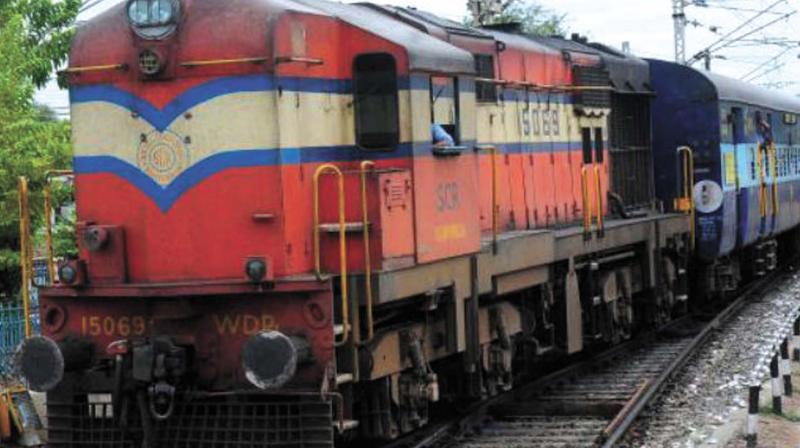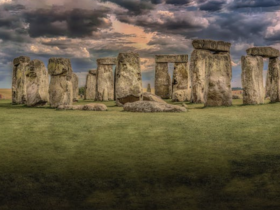India has many regions with varying terrains and vastly different cultures. It is hard to bridge these contrasting features, but India does this with grace. The railways act as a link between these cultures. They do not make any discrimination and carry people from all backgrounds and lives. With India being a huge country, just one organization to manage it becomes cumbersome. In the 1950s it was decided that it would be easier to set up a zonal organization based on geographical regions.
The Central Railways were one of the first 9 regional zones; this was later split into more fractions bringing the total number of zones under the IR to 17. Central Railways has the distinction of opening the first passenger railway line in India, which operated from Thane to Mumbai on 16th April 1853. Its headquarters is in the Chhatrapati Shivaji Terminus, Mumbai.
The zone was founded on 5th November 1951, by grouping many state-owned railway groups, which included The Great Peninsular Railway, the Scindia State Railway of the former princely state of Gwalior, Nizam State Railway, Wardha Coal State Railway and the Dholpur Railways. The zone included huge parts of Madhya Pradesh and southern UP, this made it the largest zone in terms of track length, staff employed and area covered. When the restructuring of these zones occurred in 2003, the Central Railways lost these zones to the newly formed West Central Railway zone. The zone covers a large part of Maharashtra, a small portion of Madhya Pradesh and North-Eastern Karnataka. It is further organized into five divisions namely Mumbai CST, Bhuswal, Nagpur, Solapur and Pune. It is at the headquarters of these stations, where one can find the train running information for all trains running across India. The gauges on this track, however, are mixed with both narrow and broad gauge tracks running in this zone.
Almost all the tracks that run through this zone have been electrified. There are multiple plans for expansion and adding more lines in the near future.
The headquarters of the Central Railways, the Chhatrapati Shivaji Terminus (CST) is one of the oldest buildings in India and is a UNESCO World Heritage site. The first building was called Bori Bunder and it was built in 1831. It was commissioned by the East India Company, to be rebuilt as Victoria Terminus to commemorate the golden jubilee of Queen Victoria’s rule in 1887. In 1997 it gained its current name to honour the former Maratha Emperor Chhatrapati Shivaji. This station has a unique significance of being a terminus, where both long-distance trains as well as both of the city’s suburban lines, the central line and harbour line pass through.
The Central Railway zone is the heartbeat of the IR system, it is through this place that almost all the trains that traverse north to south. There are many scenic sights and places that are a part of the Central Railways zone. One must make it a point to take a train through the many routes of the CR and also to visit the historic and breathtakingly beautiful CST in Mumbai.
























